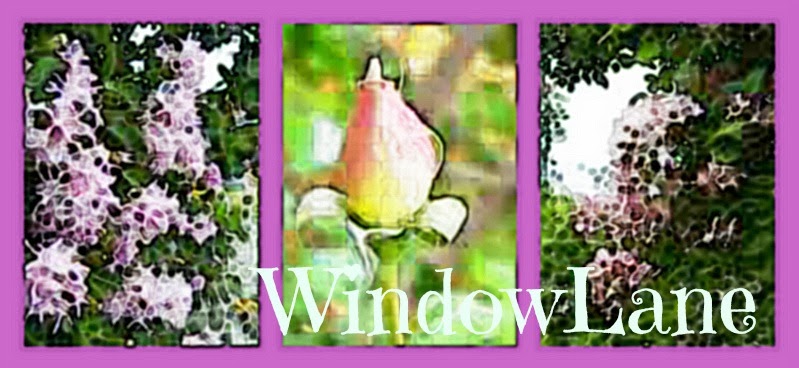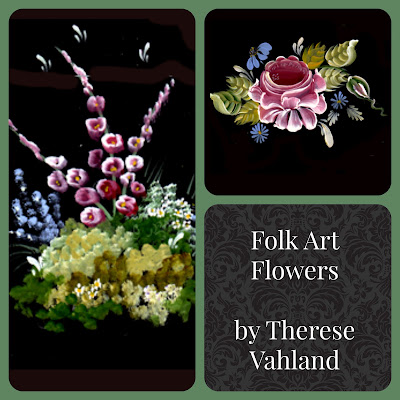If you want to be a good painter, you must PRACTICE.
It really doesn't matter if it turns out good or bad. It will never get any better until you do it.
This is the same for anything, whether it is
- being a good cook
- riding a horse or
- playing tennis
Just practice.
Here's my practice for the day. Without practicing painting you cannot experiment. You often learn wonderful things when you experiment with a paintbrush and paint.
With this simple oval piece of wood I used a few methods.
Background
Painted in black. Dry.
Background Decoration
Painted in blotches of red, green and yellow, all bright colours. I mixed flow medium with the paint and put the paint on fairly thickly.
Over the top of that I placed a piece of plastic wrap. Yes, the wrap did stick to the paint and it did take some of the paint off. That's why I put it on thickly and kept it moist.
This left a more muted background. Dry.
Flower
Draw on a simple daisy. Remember, this is only for practice. Paint the petals of the flower white. Let dry they paint again, still white.
Leaves and Stem
Paint in a mid green. Dry.
Drying your Painting
Never put a second layer of paint over a layer of wet paint as the second coat will lift the first coat. Acrylic paint doesn't take long to dry. While one area is drying, paint a different area.
Using paynes grey, add flow medium to it. You only need a teensy bit of each. add shading to the white petals. Let dry and deepen again.
Decorating Leaves and Stems
Add commas in a creamy green to the leaves. Touch up the atems with rich gold. Then add shading of paynes grey to the stems again.
Edging
Add a gold edge to your painting. Mix flow medium to your paint to make it spread more easily.
Putting the Final Touch to your Painting
Using rich gold mixed with flow medium and a flat brush about 1cm or 1/2 inch, make criss cross patterns all over. Let dry.
Give 2 or 3 coats of varnish to your liking and enjoy.
Painting for sale - by Therese Vahland
















.jpg)
.jpg)





